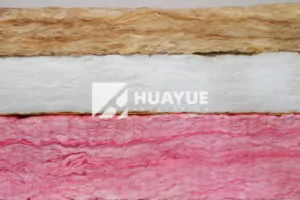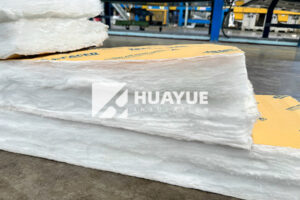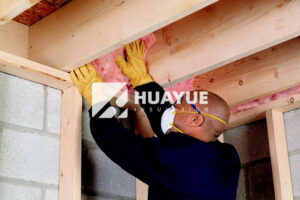Why is glass wool fireproof?
Glass wool insulation can help stop fire from spreading, but why does this material offer such strong fire resistance? Understanding the reasons can help you make safer building choices.
Glass wool is fireproof because its fibers are made from molten glass spun into fine strands. Glass does not burn at normal building temperatures. So, glass wool insulation does not catch or spread fire.
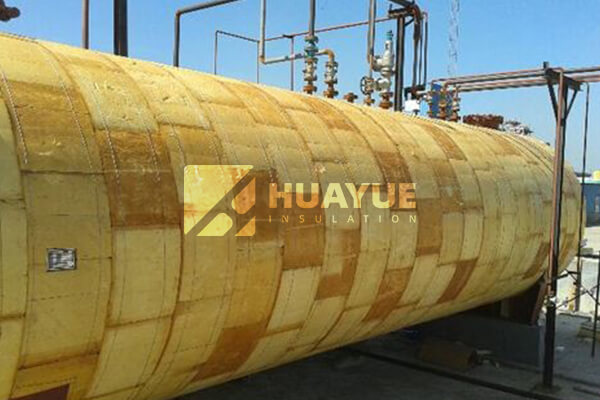
When I first discovered glass wool’s ability to resist fire, I realized it could protect both people and property. Most building fires turn deadly when flammable materials fuel them. Glass wool acts as a barrier, buying critical time. Let’s dig deeper into its secrets.
What is glass wool made of and how does this affect its fire resistance?
Glass wool is unlike organic insulation materials, which fuel fire instead of stopping it. I have seen cases where poorly-chosen insulation led to disaster.
Glass wool is made from recycled glass and sand melted at high temperatures. Fibers are spun and bound together to create mats or rolls. Glass, as an element, has no fuel value and cannot burn. This gives glass wool its natural noncombustibility.

Glass wool’s structure is key to its fire resistance. The manufacturing process creates a tangle of tiny glass fibers. These fibers are inherently non-flammable. Even when exposed to direct flame, glass wool does not ignite, melt, or produce toxic smoke below 600°C. Compare this to materials like polystyrene or polyurethane foam, which ignite and release harmful fumes at much lower temperatures. Glass wool is rated as noncombustible (Euroclass A1 or A2) by international fire standards. The table below shows how different insulation materials stack up:
| Material | Fire Rating | Ignition Temperature | Smoke Production | Toxic Fumes |
|---|---|---|---|---|
| Glass Wool | A1/A2 (Best) | >600°C | Very Low | None |
| Mineral Wool | A1/A2 (Best) | >600°C | Very Low | None |
| Polyurethane | E (Poor) | 350-400°C | High | Yes |
| Polystyrene | E (Poor) | 350-400°C | High | Yes |
| Cellulose Fiber | B (Moderate) | 250-300°C | Moderate | Yes |
As you can see, glass wool stands out as one of the safest options.
How does glass wool perform in real fire scenarios?
Fires in buildings or tanks pose very real dangers. I have observed that some insulation acts like a wick, making the situation worse. Glass wool does the opposite.
Glass wool does not contribute to the fire load and helps block the spread of flames. It slows down heat transfer, so nearby materials do not reach ignition point quickly.
In tests, glass wool remains stable when exposed to open flame or high heat. It usually stays in place and does not drip, melt, or shrink away from the area being protected. These features are important in keeping walls, ceilings, and pipework from overheating during a fire. Also, glass wool generates very little smoke, which helps with visibility and reduces the risk of toxic gas inhalation. Emergency teams say that using noncombustible insulation like glass wool can buy valuable time for people to escape and for firefighters to control the blaze. For many industrial customers, this level of performance is essential, not just a bonus.
How is fire testing of glass wool conducted?
It is not enough to just say that glass wool is fireproof; strict testing backs up these claims. Building safety depends on results, not talk.
Fire testing for glass wool follows international standards like EN 13501-1 (Euroclass), ASTM E84 (North America), and GB8624 (China). Samples are exposed to flame, heat, and sometimes ignition sources for extended periods. Inspectors measure if the material catches fire, produces smoke, drips, or increases the fire load.
I have reviewed many test reports over the years. Most confirm that glass wool earns a Euroclass A1 or A2 rating, meaning it is noncombustible. During tests, even when flames are applied directly for minutes, glass wool does not burn or melt. It emits little or no smoke and no toxic gases. This is critical for meeting not only fire codes but also insurance and risk management requirements. For customers like Hans Müller, whose daily job depends on long-term reliability, these certificates offer peace of mind.
Why is glass wool preferred in industrial fire safety applications?
Industrial sites face strict fire regulations and higher risks. I have worked with engineers whose biggest worry is heat and flame damage spreading through their tanks and pipework.
Glass wool is chosen because it reduces fire risks, lasts a long time, and helps meet regulations. It is also cost-effective over the life of a project.
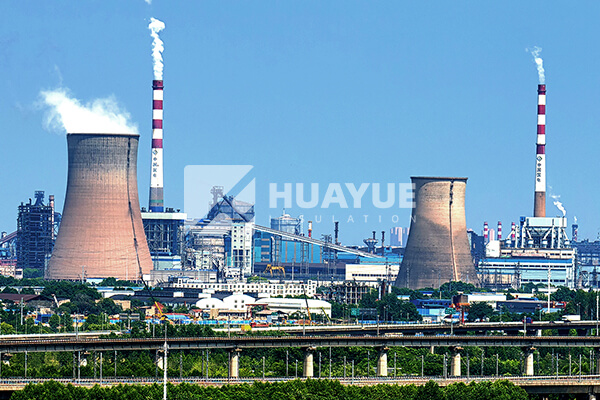
There are four main reasons why glass wool is trusted by industrial customers:
- Noncombustibility: Eliminates the insulation as a possible fire source.
- No Toxic Emissions: Protects plant workers and emergency teams from smoke and fumes.
- Thermal Stability: Maintains its structure and performance during both normal operation and emergencies.
- Cost Savings: Lowers insurance costs, reduces maintenance, and extends replacement cycles.
Compared to organic insulations, glass wool’s proven fire resistance helps safety managers sleep at night. Engineers like Hans need solutions that put safety and compliance first. Glass wool delivers on these promises.
Conclusion
Glass wool’s fire resistance comes from its mineral makeup and noncombustible structure, making it one of the safest insulation choices for any high-risk application.
You may also be interested in:
Ready to Get Started?
Get in touch with our experts for personalized solutions tailored to your needs.
Get Free QuoteLatest Articles
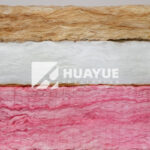
Eco Batt Insulation: What You Need to Know?
Dec 12, 2025
Let's Work Together
Ready to take your business to the next level? Get in touch with our team of experts and let's discuss how we can help you achieve your goals.
Get Free Solutions
